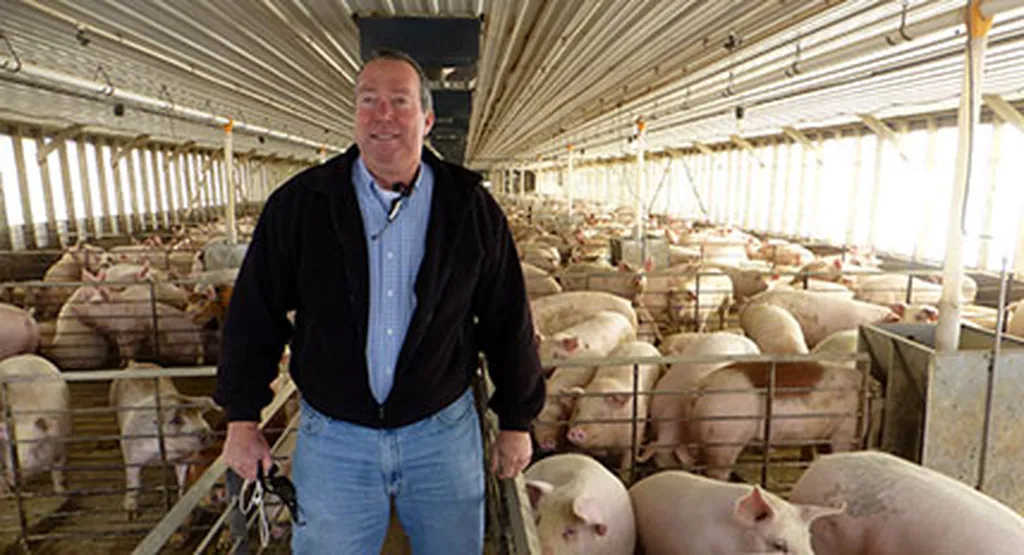In the quest to optimize pig farming practices, a groundbreaking study published in *Animal Microbiome* has shed light on how early antimicrobial regimens can significantly influence the gut microbiota and overall health trajectories of pigs. Led by F. Correa from the Department of Agricultural and Food Sciences at the University of Bologna, the research offers valuable insights that could reshape rearing practices and enhance the sustainability of the swine industry.
The study, which tracked 96 piglets from weaning to slaughter, compared two distinct rearing conditions: Swine Production Chain 1 (SPC1), where all pigs received group-level antimicrobials, and Swine Production Chain 2 (SPC2), where only a few pigs were treated individually. The findings revealed that the gut microbial diversity was significantly influenced by the interaction between time and rearing conditions. “We observed that the gut microbiota composition and immune responses were shaped by the antimicrobial protocols used during the early stages of pig development,” Correa explained.
One of the most striking discoveries was the distinct microbial profiles associated with different immune cell trajectories. For instance, pigs with similar lymphocyte or neutrophil patterns exhibited unique microbial communities, highlighting the intricate relationship between the gut microbiota and the immune system. This could pave the way for more personalized and targeted health interventions in pig farming.
The study also delved into the resistome, the collection of antimicrobial resistance genes present in the gut microbiota. In SPC1, the metaphylactic treatment with lincomycin and spectinomycin led to a transient enrichment of aminoglycoside resistance genes, followed by additional glycopeptide and multidrug resistance genes. However, these enrichments were not sustained by the time the pigs reached slaughter age. In contrast, SPC2, despite limited antimicrobial use, showed early and persistent enrichment of various resistance genes, many of which were associated with mobile genetic elements.
These findings underscore the complex dynamics of antimicrobial resistance and the potential long-term impacts of different rearing practices. “Understanding these patterns is crucial for developing strategies that minimize the development and spread of antimicrobial resistance in livestock,” Correa noted.
The commercial implications of this research are substantial. By optimizing antimicrobial use and tailoring rearing practices to enhance gut health and immune responses, farmers can improve pig welfare, reduce the need for antibiotics, and ultimately boost productivity. This could lead to more sustainable and economically viable swine production systems, benefiting both farmers and consumers.
As the agricultural sector continues to evolve, studies like this one are instrumental in guiding best practices and driving innovation. The insights gained from this research could shape future developments in animal husbandry, promoting healthier and more resilient livestock populations. With the global demand for pork on the rise, the need for sustainable and efficient farming practices has never been greater. This study not only advances our understanding of gut microbiota and antimicrobial resistance but also offers practical solutions for the challenges faced by the swine industry today.

